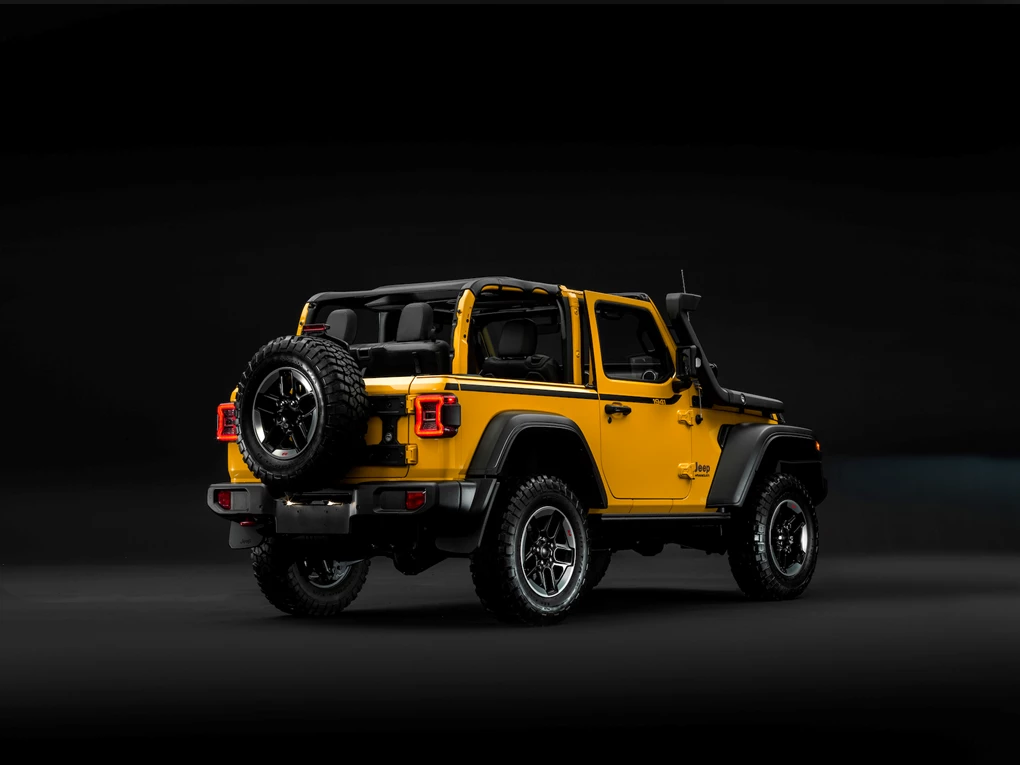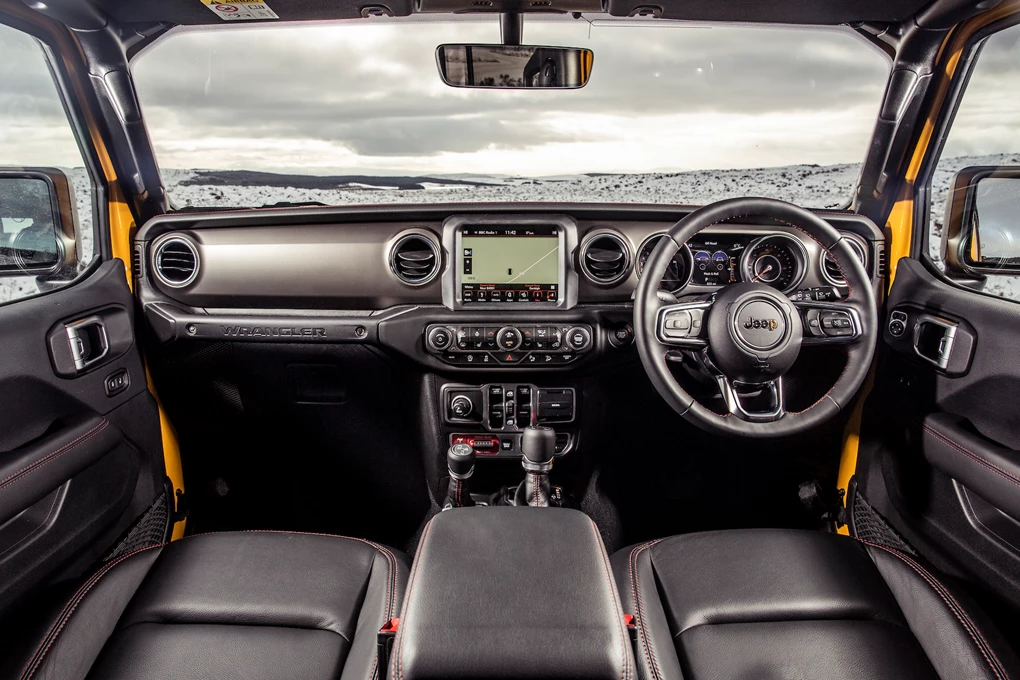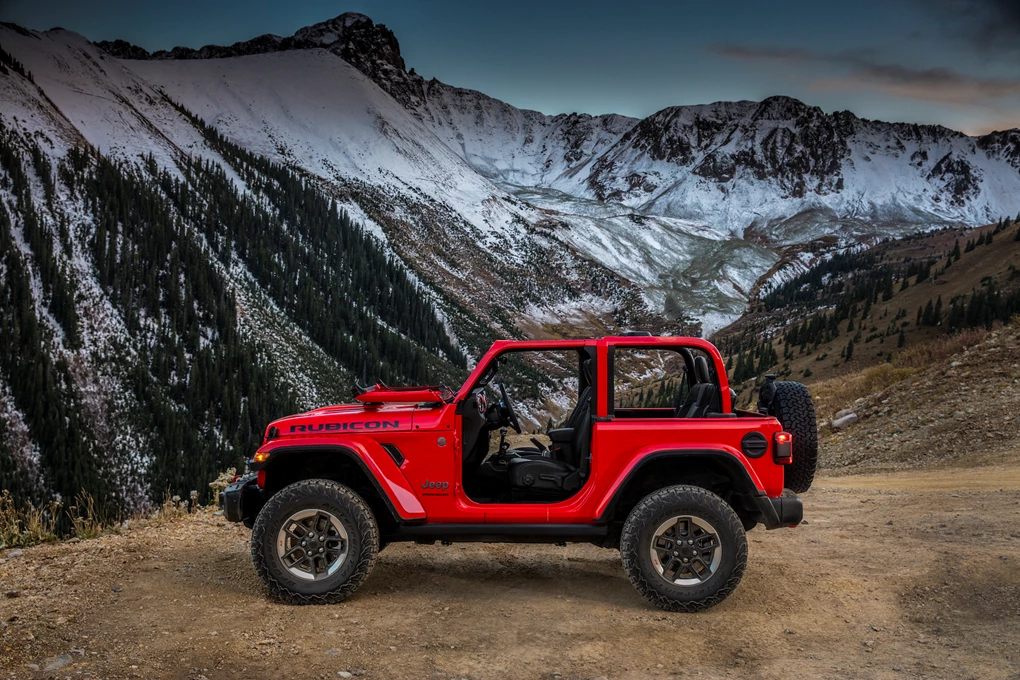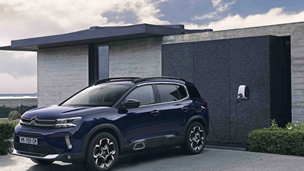As 4x4s have gradually shifted to the softer end of the spectrum, it’s left very few true off-roaders.
But thankfully one that remains as rugged, tough and dependable as ever is the Jeep Wrangler – undoubtedly this American manufacturer’s most iconic model that harks back to the original Willys Jeep.
For 2019 it has been given a big update, new tech and revised styling, along with a new line-up of engines to meet tighter emissions regulations, as well as making the model more affordable to run.
Here’s everything you need to know about the Jeep Wrangler.
What engines are available?

As part of this latest update, Jeep introduced a pair of new engines to the Wrangler.
The first of these is a 2.0-litre turbocharged petrol engine, which produces 197bhp and 400Nm of torque, which comes paired to an eight-speed automatic transmission. It’s unsurprisingly quite thirsty – returning up to a claimed 31.4mpg, along with CO2 emissions of 198g/km.
Those fancying a diesel can opt for the 2.2-litre MultiJet diesel engine, which produces 148bhp and 450Nm of torque. It’s again paired to an eight-speed automatic transmission and will be marginally more efficient. Jeep claims it can return up to a combined 37.7mpg, though the 198g/km CO2 emissions are the same as the petrol offering.
What trim levels are offered?

Three quite distinctive trim levels are available on the Wrangler, each bringing something quite different to the table. Equipment highlights and prices are as follows.
Sahara – from £46,455
Sahara is the entry-level model, which is the most honest version – doing away with luxury and the off-road extras you get with other trim levels. As standard it features automatic LED headlights, rear parking sensors, a reversing camera, keyless entry, heated door mirrors and cruise control. It also has 18-inch alloy wheels, a body-coloured hard top roof, ambient LED interior lighting and an 8.4-inch touchscreen with satellite navigation and smartphone mirroring.
Overland – from £48,755
This is designed to be the most upmarket model, as it adds leather upholstery, heated front seats, a hardtop headlining and blind spot monitoring. To give it a more upmarket look, it also gains revised 18-inch alloy wheels, a body-coloured grille and silver detailing.

Rubicon – from £49,455
This flagship model is focused all around its off-road prowess and is the best option if you aim to use your Wrangler as intended. It features a clever anti-roll bar, locking differentials, a heavy-duty alternator and upgraded batteries and power packs. A modular hard top is also fitted. It also adds leather upholstery and heated front seats to add a touch of luxury.
What about personalisation?

When it comes to personalisation, few can offer the choice that the Jeep Wrangler can.
Let’s start with colours, which can be as vibrant as you like. While greys, whites and blacks are sadly now the norm with new cars, Jeep is thankfully carving its own path of colour. Our favourites include Punk’n Metallic (orange), Hellayella (yellow) and Mojito (green). We salute Jeep’s colour naming department…
Next you can take a look at the FCA Group’s Mopar accessories division, where the options list is filled with goodies. You can choose cargo trays, a tailgate table, snorkels, a mesh roof.
Speaking of roofs, you can choose the Wrangler with a whole host of options. From the standard fixed hard top, to the removable modular top and even an electric sliding canvas roof – the latter being a new addition. What’s more the Wrangler is designed to be as easy as possible to disassemble parts from it – this meaning you can easily remove the doors and windscreen for a true open-air experience. Though Jeep stresses that you can only do this for off-road use.




